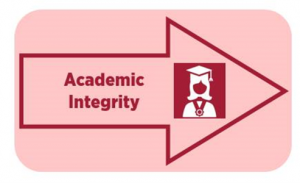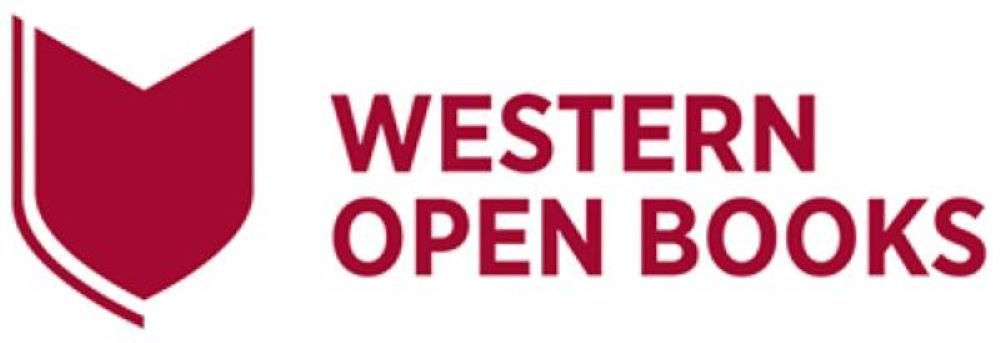21 Plagiarism
Learning Objectives
Your academic integrity depends on referencing properly and avoiding plagiarism.
- Understanding intentional plagiarism
- Learn what is unintentional plagiarism
- Understand self-plagiarism
- Why do we need to reference?
- Learn about academic integrity and professional integrity
Intentional plagiarism
Plagiarism can be defined as presenting someone else’s work or ideas as your own. It means taking credit for work that someone else produced.
The most serious form of plagiarism is copying another person’s work and presenting it as your own. This is very easily detected by your marker and grading software and can result in an academic misconduct enquiry.
- Academic Integrity Module: Plagiarism © Western Sydney University, created by Western Sydney University Library is licensed under a CC BY-NC-SA (Attribution NonCommercial ShareAlike) license
Unintentional plagiarism
Plagiarism can take the form of intentional cheating, but in many cases, it is the result of unintentional mistakes, or careless proofreading. Even unintentional plagiarism is still a breach of academic integrity, so you need to ensure you always do the right thing.

- Academic integrity picture © Western Sydney University Library Study Smart is licensed under a CC BY-NC-SA (Attribution NonCommercial ShareAlike) license
Self-plagiarism
Self-plagiarism occurs when a student submits the same piece of work, or parts of the same piece of work, for different assignments. This topic will explore why self-plagiarism is considered dishonest.
- Academic Integrity Module: Self Plagiarism © Western Sydney University, created by Western Sydney University Library is licensed under a CC BY-NC-SA (Attribution NonCommercial ShareAlike) license
Why reference?
Correct referencing can avoid plagiarism because you will properly acknowledge all your quoted, paraphrased, or summarised sources. Academic writing is a conversation made up of many voices past and present. When you reference in academic writing, you contribute to the broader academic conversation about your topic. Your reader will follow your references to explore the subject as it relates to your findings.
Proper referencing adds weight and reinforces your argument by showing whose words and ideas you have used to reach your conclusions. It demonstrates that you have read broadly and understood the literature.
Whenever you use the words, ideas, or research of another author, you must provide an in-text citation and a reference entry. You can use another author’s findings by either quoting, paraphrasing, or summarising.
The connection between academic and professional integrity
 Academic integrity includes behaving honestly in exams, class discussions, and assessments.
Academic integrity includes behaving honestly in exams, class discussions, and assessments.
It’s particularly important to credit the work and ideas of other people (including your peers). When writing, you should clearly show the ideas of other writers using referencing. In this way, the person marking your work can see whose work you have read and where your evidence is from.
Professional integrity is the extension of the values of integrity into your career.
Employers need to be able to trust that the work you produce has been completed honestly and within the moral values of your profession. It is important for your credibility and reputation, and that of your company or organisation.
- Academic integrity picture © Western Sydney University Library Study Smart is licensed under a CC BY-NC-SA (Attribution NonCommercial ShareAlike) license
Chapter Review
- Plagiarism can often be accidental
- Good referencing practice reduces the incidence of plagiarism
- It is possible to plagiarise yourself by submitting the same work for separate assignments
- Academic integrity is a link to the professional integrity that is also expected of you in your workplace
Media Attributions
- Academic integrity picture © Western Sydney University Library Study Smart is licensed under a CC BY-NC-SA (Attribution NonCommercial ShareAlike) license

